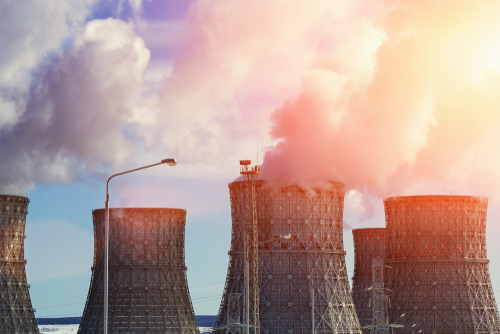Innovative Collaboration: Transforming Nuclear Plants into Clean Hydrogen Sources
Key Ideas
- Westinghouse and Idaho National Laboratory demonstrated a simulator showing how nuclear plants can produce clean hydrogen and provide heat for homes and businesses through district heating.
- The successful simulation tested by DOE and U.S. Nuclear Regulatory Commission experts opens opportunities for new revenue streams and enhances training for plant operators.
- The collaboration aims to support decarbonization efforts by utilizing nuclear reactors for flexible operation, providing clean energy and aiding U.S. industries in reducing carbon emissions.
- INL, a key center for nuclear energy research, is focused on developing innovative solutions that align with DOE's strategic goals of energy, national security, science, and the environment.
Westinghouse Electric Company and Idaho National Laboratory (INL) have showcased a groundbreaking effort in utilizing nuclear power plants for more than just electricity generation. Through a new simulator, they have demonstrated how a nuclear plant's thermal energy can be harnessed to produce clean hydrogen and provide heat to residential and commercial buildings through district heating. This innovative approach was tested at INL by researchers from the DOE and the U.S. Nuclear Regulatory Commission during a workshop, with the simulator performing successfully. The collaboration between Westinghouse and INL leverages simulation expertise to develop training for plant operators under complex conditions, potentially increasing profits for nuclear operators.
Luca Oriani, Westinghouse's president of long-term operations, highlighted the significance of this simulator in studying scenarios related to thermal energy production. The partnership with INL aims to help utilities identify new revenue streams and enhance training capabilities, ultimately benefiting the nuclear industry. Additionally, the collaboration aligns with the U.S. Department of Energy's Light Water Reactor Sustainability (LWRS) Program, under which INL conducted its work on the simulator.
Bruce Hallbert, director of the LWRS Program, emphasized the importance of beyond-the-grid products in enabling nuclear reactors to adapt to changing energy demands. By exploring applications such as hydrogen production via electrolysis, nuclear plants can contribute to decarbonization efforts while supporting the grid and U.S. industries. INL, known as the nation's premier center for nuclear energy research and development, is committed to advancing scientific innovations in various strategic areas, including energy, national security, science, and the environment.
